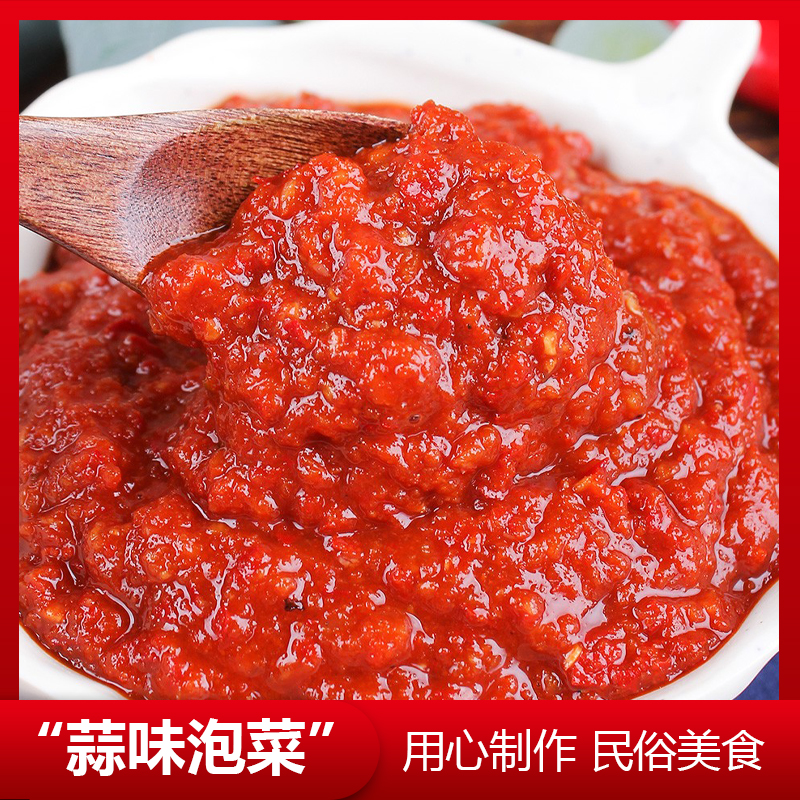White peony (Paeonia lactiflora) is a medicinal plant that thrives in warm, humid, and sunny conditions, but it is sensitive to extreme heat, cold, and has strong adaptability. Its biological characteristics are closely related to environmental factors such as light, temperature, moisture, soil, and growth stages.
Light plays a crucial role in the germination of white peony seeds. Studies have shown that adequate light promotes seed germination, allowing for robust shoot development and thick root formation. Plants grown in shaded areas tend to be shorter, with smaller leaf surface coefficients and thinner main roots.
Temperature requirements are also significant. The optimal germination temperature range is between 10°C and 25°C. In winter, under moist soil conditions, young plants can tolerate temperatures as low as 6°C to 8°C. In northern regions, the above-ground parts may wither, while the underground roots survive. In southern regions, the above-ground parts remain alive, though growth is slower. During hot summers, yellowing and wilting may occur.
Water management is critical. White peony prefers well-drained soil and is sensitive to both drought and waterlogging. Insufficient water after sowing can delay seedling emergence, while excessive moisture during the late growth stage can lead to root rot. Water deficiency can cause the roots to become woody, affecting their medicinal quality.
Soil conditions should be deep, loose, and fertile, preferably sandy or alluvial soil. Heavy or compacted soils result in shorter main roots and more branching, which negatively impacts yield and quality.
The phenological cycle of white peony typically begins with fall sowing. Under favorable conditions, seedlings emerge within 15 to 20 days. Growth is slow initially, and seedlings overwinter. By the second year, vegetative growth is active, with the most vigorous growth occurring from April to May. Root growth peaks between late April and June. After mid-July, the plants begin to yellow and die, transferring nutrients to the roots. This is the best time for harvesting. As temperatures drop in late August, new leaves appear, and the third year marks the reproductive phase, with flowering from mid-May to early June. Seeds mature by late June to mid-July. However, plants that flower and set seed often experience root lignification or rot, making them unsuitable for medicinal use. Fresh seeds harvested in the same year have a germination rate of 70% to 80%, while seeds from the following year have much lower viability.
Harvesting occurs after two years of cultivation, with the third year being ideal for maximum yield.
Site selection is not overly strict, but it is best to choose flat, well-drained sandy loam with deep plowing layers. Prior to planting, compost (2500–5000 kg per mu), cake fertilizer (100 kg), and phosphate fertilizer (50 kg) should be applied as base fertilizer. The soil should be deeply plowed to ensure even nutrient distribution. Raised beds of 15–20 cm height and 1–2 meters width are recommended for proper drainage and ease of seedling extraction.
Propagation is typically done through seeds, with direct sowing preferred over transplanting. Transplanted plants often develop more branched roots and weaker main roots, reducing yield and quality.
Sowing timing is crucial. Autumn sowing is generally preferred, with specific dates varying by region. For example, in Henan, sowing occurs before the autumn equinox; in Hebei, between summer and the White Dew; in Sichuan, between White Dew and the Vernal Equinox; and in Zhejiang, 10 days before the Cold Dew. Spring sowing takes place between March and April.
Sowing methods include drilling, spot sowing, and broadcasting. Drilling is common in Zhejiang, Henan, and Hebei, with spacing of 25–30 cm and shallow furrows. Spot sowing is used in Sichuan, with holes spaced 30–35 cm apart. Broadcasting is less common but still used in some areas. Soaking seeds in warm water or mixing with sand before sowing can improve germination rates. Mulching can also enhance emergence, especially when sowing is delayed.
Field management includes thinning seedlings, weeding, fertilizing, irrigation, and removing bolted plants. Seedlings should be thinned to ensure proper spacing, and weeds should be removed carefully to avoid damaging the main root. Fertilization should be moderate, with top-dressing applied after seedlings emerge. Irrigation is necessary to maintain soil moisture, especially before winter. Excess water must be drained to prevent root rot.
To prevent early bolting, pruning strategies are employed. Removing the main stem and inflorescences on secondary branches helps reduce the bolting rate. Selecting high-quality seeds from the first-level branches ensures better germination and fewer premature flowers. These practices significantly improve yield and quality.

1. Garlic fragrance everywhere, unique charm.
Garlic-flavored kimchi exudes a rich garlic aroma. That unique scent instantly arouses your appetite and makes you unable to resist. 2. Crispy texture, unforgettable aftertaste. Every bite of garlic-flavored kimchi brings a crispy texture, bouncing between the teeth and leaving an unforgettable aftertaste. 3. Traditional craftsmanship, made with ingenuity. Following traditional production techniques, carefully select fresh ingredients and integrate full ingenuity to ensure excellent quality. 4. Versatile and delicious, freely matched. Whether it is paired with rice, noodles, dumplings, or enjoyed as a side dish with meat and seafood, garlic-flavored kimchi can blend perfectly and add a unique flavor. 5. Nutritious and a healthy choice. Rich in nutritional ingredients such as vitamins and dietary fiber. While enjoying the deliciousness, it also helps your health. 6. Convenient and fast, enjoy at any time. Convenient packaging and easy to store. Whenever and wherever you want to eat, you can easily open it and taste this deliciousness. 7. Unique flavor, regional characteristics. With a strong regional flavor, garlic-flavored kimchi allows you to appreciate different food cultures and feel a different kind of charm. 8. Stimulate the taste buds and awaken vitality. The strong garlic flavor and the sour and spicy taste of kimchi interweave, stimulating your taste buds, awakening your vitality and making you full of energy.

Garlic Flavored Kimchi,Korean Cuisine,Spicy Garlic Kimchi,Garlic Kimchi
Yanbian Jingangshan Food Co., Ltd , https://www.ybjgsfood.com